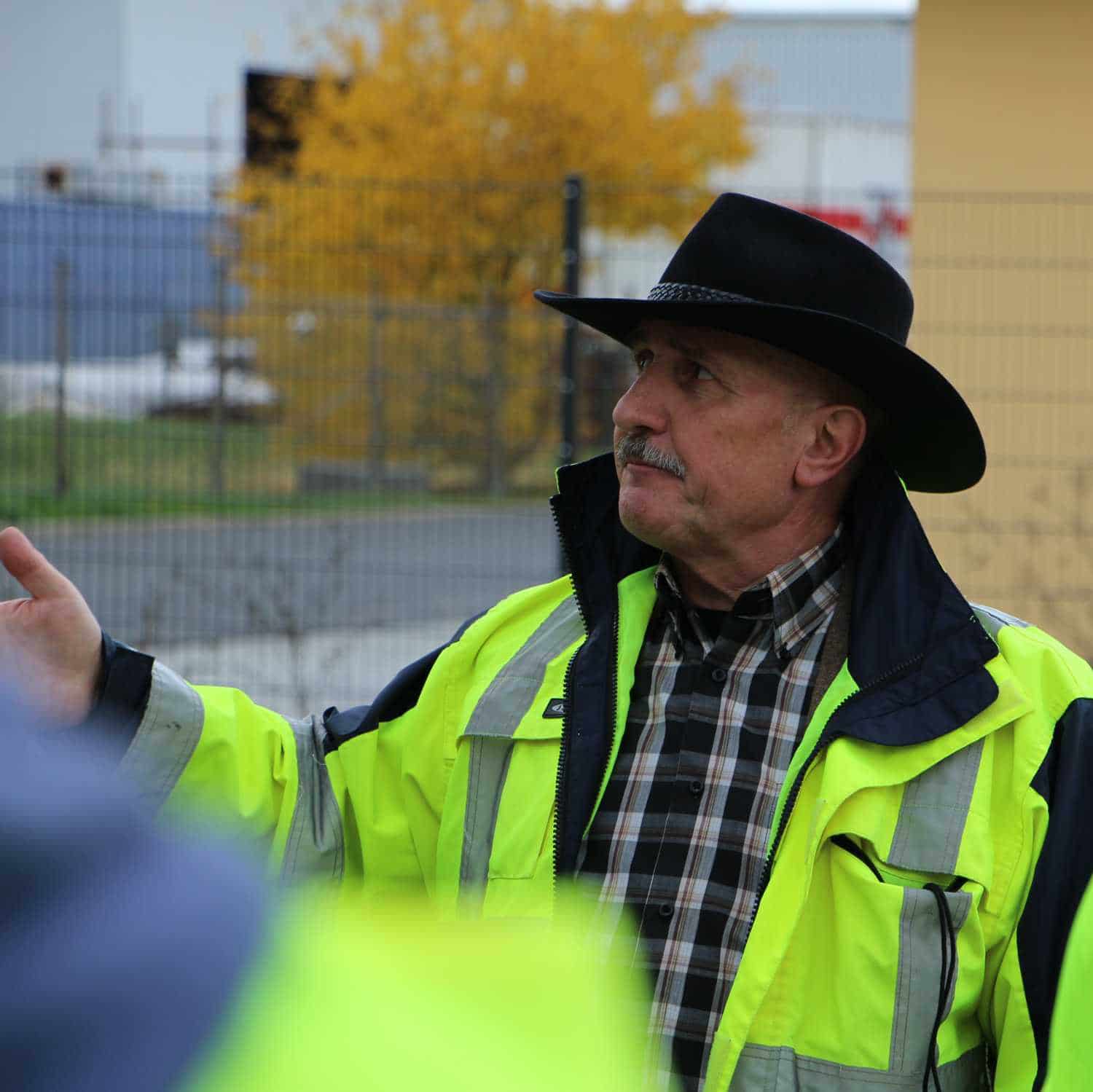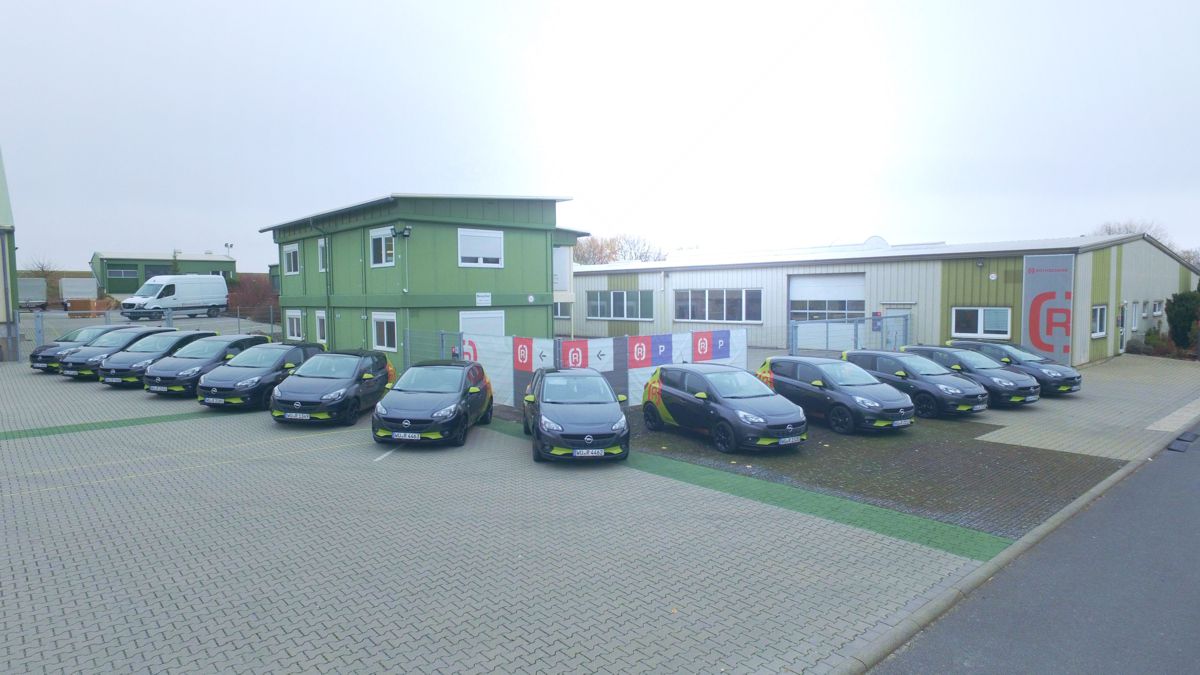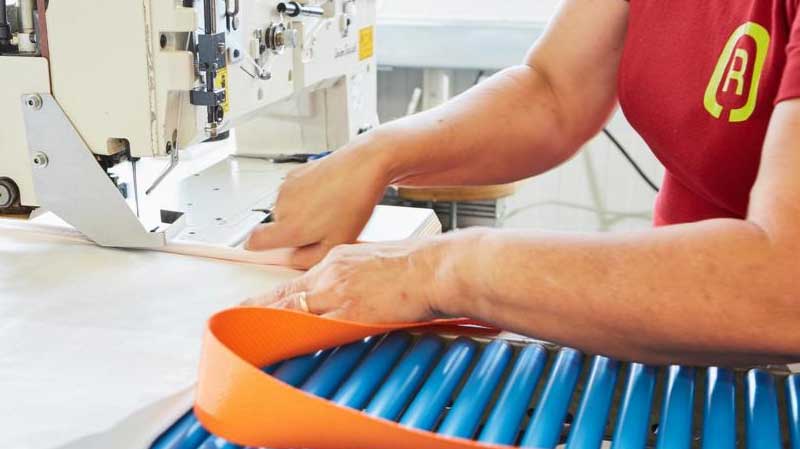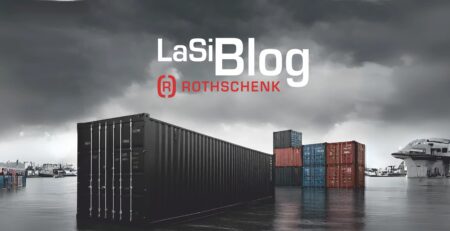Episode 18: Verified Gross Weight - Container
The accident of the 4,419 TEU container ship MSC Napoli on January 18, 2007 in the English Channel during storm Kyrill resulted in the total loss of the ship.
(Source: Napoli Report No9/2008 https://assets.publishing.service.gov.uk/media/547c703ced915d4c0d000087/NapoliReport.pdf)
The study is interesting in that the result had a direct impact on the packing/stowing of containers.
What happened?
Image source: Wikipedia

About the author:
In a series of specialist articles from the field, on topics relating to containers and trucks, you will receive first-hand professional knowledge.
How to secure cargo correctly and what are the basics of cargo securing?
They are developed and presented by Sigurd Ehringer, owner of SE-LogCon:
- VDI certified instructor for load securing
- Reference book author
- 8 years Project Manager
- 12 years with the Bundeswehr (company commander)
- 20 years of sales experience
- since 1996 consultant/trainer in logistics
- 44 years instructor/trainer in various fields
Episode 18: Verified Gross Weight - Container
The MCS Napoli passed through the English Channel with about 11knots (~ 20km/h) to the west in the direction of Biscay. The wave height was up to 9m at times. Around 11:05 a severe break occurred in the hull structure near the engine room.
The captain made a distress call at 11:25 and decided to abandon ship in an enclosed lifeboat along with the 26 crew. They were later rescued by Roal Navy helicopters, there were no casualties.
After the storm subsided, the ship was towed towards Portland, but there was a danger that it would break apart and sink. Therefore, it was decided to ground the ship in Branscombe Bay on 20/01/2007.
Most of the containers could be recovered. In particular, the 660 stowed on deck were weighed. For 137 of them, the actual weight was more than 3to greater than indicated in the cargo data. The largest discrepancy was 20to. The 137 containers weighed a total of 312to more than indicated.
One of the statements in the investigation report is "Container transportation is the only industry in which weight is not known. If the forces acting on container ships are to be accurately controlled and managed, it is essential that containers are weighed before loading.“
From the results of the investigations, IMO developed the " GUIDELINES REGARDING THE VERIFIED GROSS MASS OF A CONTAINER CARRYING CARGO", the verified gross weight.

This involves the determination of the actual weight of a container, consisting of cargo + packaging + securing means + tare weight of the container. The World Shipping Council determined: "The responsibility for recording and documenting the verified gross weight of a packed container lies with the shipper." That is a clear statement.
For weighing, a weighing instrument of accuracy class III of Directive 2009/23/EC must be used. This accuracy specification is not a weight tolerance, but the technical display tolerance of the scales used.
Two methods are permitted for determining the verified gross weight:
- all loading units, packages or general cargo are weighed, the weight of securing and stowage material is added and the tare weight of the container is added. The total results in the verified gross weight.
- the team with container is weighed empty. Then the load is stowed in the container and secured. After that, the loaded combination is weighed again. The difference between both weighing certificates + the tare weight of the container gives the verified gross weight.
From experience, some weight discrepancies are systemic because they are caused by inaccurate information from a database, unmaintained data files, or missing weight components. It is not uncommon for the weight information on a loading list to include only the weight of the goods alone, and the weight of the packaging or containers (drums, IBCs, etc.) is missing entirely.
It is advisable to regularly check the data in a database for accuracy and completeness. Weights where deviations may occur due to production should be checked to see how wide the range of deviations may be so that they can be included in the considerations.
In CTU-Code 2015 chapters 4.2.2 to 4.2.4 regulate who is responsible for determining the gross mass (=VGM) and who has to fulfill obligations.
Chapter 4.2.2: The shipper should provide correct information about the goods
Chapter 4.2.3: The packer should accurately determine the gross mass and forward it to the charterer/shipper.
Chapter 4.2.4: The charterer/consignor shall ensure that the gross mass is accurately determined. He shall also notify the carrier of the confirmed gross mass as early as requested.
This makes it clear who can be held responsible for violations in a specific case in accordance with commercial law.
The shipper can, according to Art.10 CMR, also be held liable for consequential damage caused by false information. This can also refer to damage to the ship, because it is part of the transport chain.
It is therefore advisable to properly regulate the container stowage procedures, to clearly designate and delimit the tasks, as well as to control them.
Your Sigurd Ehringer.

Exciting topic. That's what I like here: The practice is applied directly and also flows directly into the products.


On our own account:
Rothschenk. That's us.
Rothschenk is a manufacturer of load securing equipment for overseas containers. In the tranquil town of Aub in central Franconia, we develop, test and sell our own load securing equipment such as dunnage bags/padding, Lashing restraint systems, Edge Protectors, Anti-slip Mats, Lashing Straps and drum securement. You can get a small insight into our product world in our Online Shop: [R] SHOP24.
We develop for our customers, to whom also large corporations e.g. from the CHEMICALS-, BEVERAGES- and Automotive industry belong, individual load securing. Therefore we are used to come up with new products and solutions in our own research and test department.
We stand for quality "Made in Germany„. Not only in development, but also in production. Because we are the only manufacturer for load securing with our own production site in Germany. Real "Made in Germany" even.
>> Please use the comment function below for suggestions, additions and also for further questions.
We will, of course, respond promptly and professionally. Your Rothschenk Team




Schreibe einen Kommentar